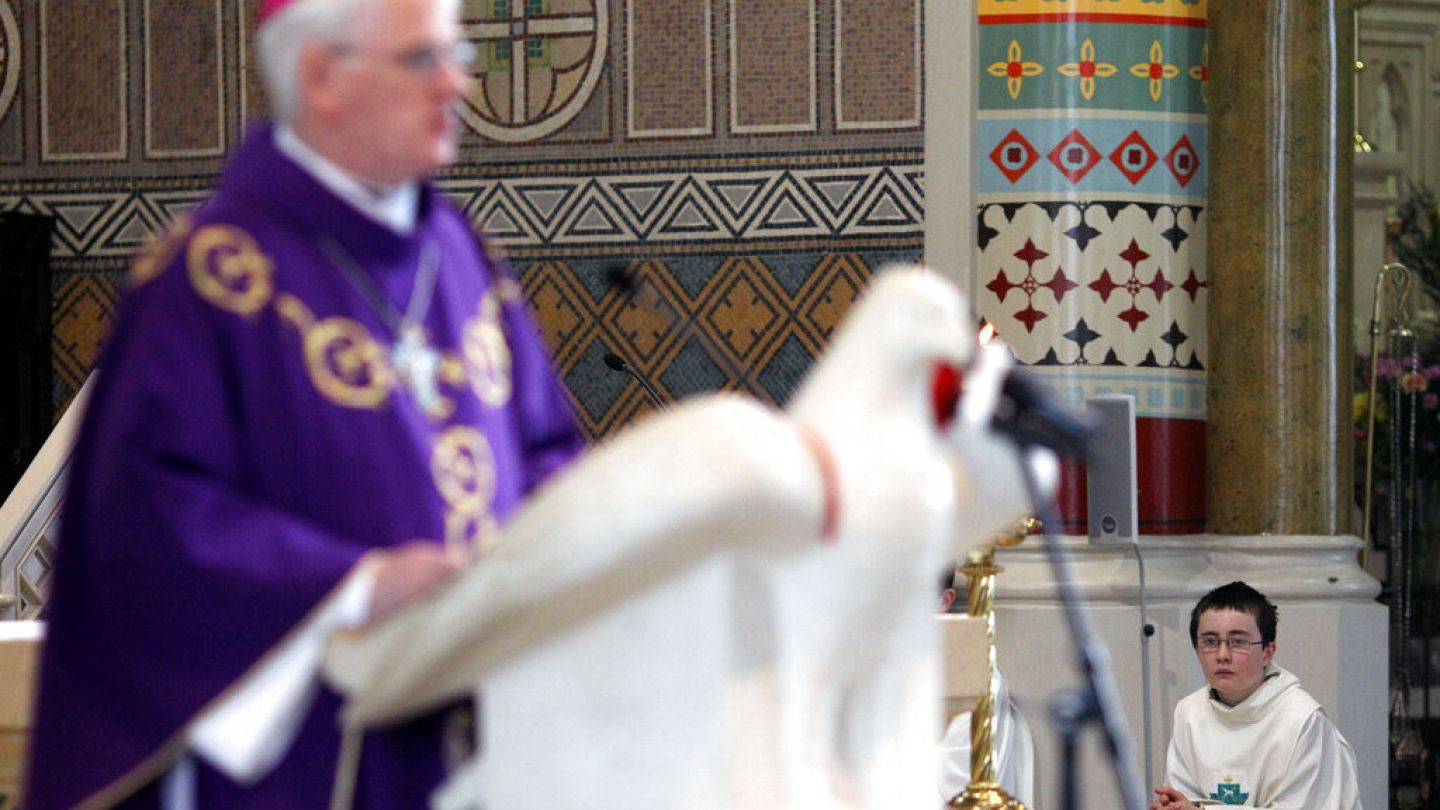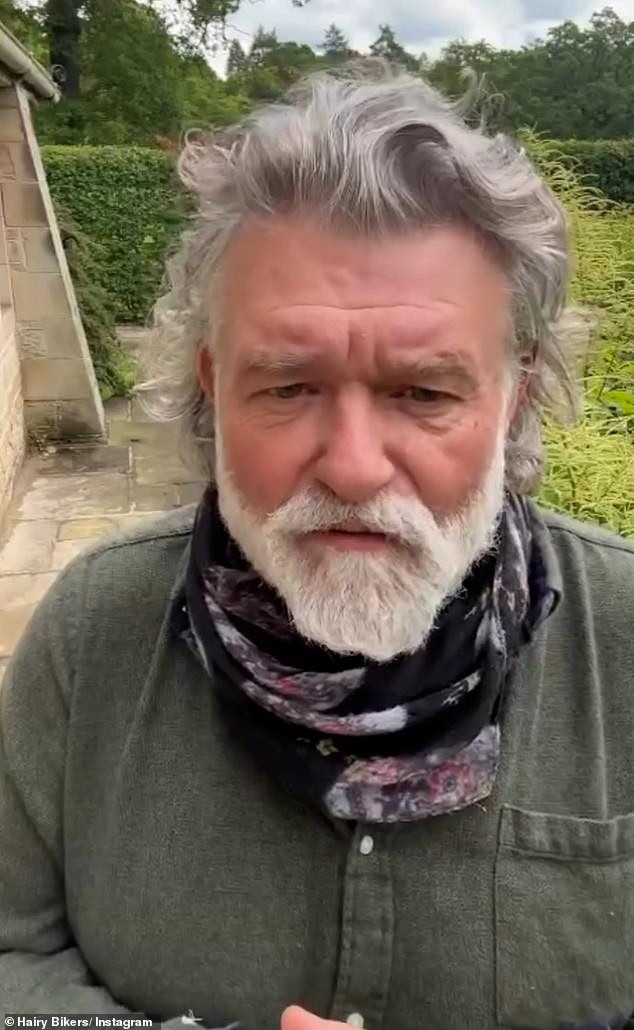Facing the Reality of a Shrinking Priesthood: The Irish Church Adapts
The landscape of faith in Ireland is undergoing a transformation, one marked by a dwindling number of priests and a growing need for adaptability within the Church. A recent announcement from the Archbishop of Cashel & Emly, Dr Kieran O’Reilly, reveals a series of clerical appointments designed to address the shortage of priests across the diocese, highlighting the evolving dynamics of religious life in the country.
The Impact of a Declining Priesthood
The shortage of priests is not a unique problem to the Diocese of Cashel & Emly. It's a nationwide trend that reflects a broader societal shift. Dr. O'Reilly, in a statement that underscores the changing times, acknowledged, “The situation is not going to improve much in the near future. We only have one candidate for ordination to the priesthood this year.” This stark reality is a stark contrast to the historically strong image of Ireland as the ‘Land of Saints and Scholars,’ a title built up over centuries.
Factors Contributing to the Decline
A combination of factors has contributed to the decline in vocations to the priesthood in Ireland. The changing social landscape, with a shift towards secular values and a rise in alternative spiritualities, has played a significant role. Historical issues within the Church have also contributed to a loss of trust and a diminished appeal to younger generations. This has resulted in a shrinking pool of individuals choosing to dedicate their lives to the priesthood.
Adapting to the New Reality
Faced with this challenging reality, the Irish Church is adapting. Archbishop O'Reilly has emphasized the willingness of priests within the diocese to take on additional responsibilities, demonstrating a spirit of resilience and commitment to serving their communities. This commitment involves sharing mass responsibilities and actively engaging lay people to ensure that the needs of the faithful are met.
Expanding the Role of Lay People
The Church is embracing the active participation of lay people in various roles. One example is the establishment of Funeral Ministry teams in parishes. These teams, comprised of trained lay volunteers, will lead prayers at funeral homes and receive funerals on their way to the chapel. This initiative exemplifies the Church's efforts to involve lay people more actively in pastoral care.
Collaboration and Shared Responsibilities
The reshuffling of responsibilities extends to the way masses are conducted. Priests will “pool together,” ensuring that all parishes have access to regular masses. This collaborative approach reflects the necessity of sharing resources and ensuring continuity of spiritual services for the faithful across the diocese.
Looking Ahead: A Moment of Transition
The current situation is a testament to the Church's ability to adapt and navigate challenging times. While the immediate future may present challenges, there is hope for a revival of vocations. The Church is actively engaging in outreach programs and promoting spiritual formation to encourage new generations to consider the priesthood. It remains to be seen whether the tide will turn, but for now, the Irish Church is finding ways to uphold its mission in a changing world.
Moving Forward with Faith and Resilience
The challenges facing the Irish Church are not unique to Ireland. Many parts of the world are witnessing a similar decline in vocations. The Church's ability to adapt, embrace lay involvement, and collaborate in new ways provides valuable insights for other institutions facing similar challenges. It's a reminder that while the landscape may change, the core values of faith, compassion, and service remain steadfast.


















